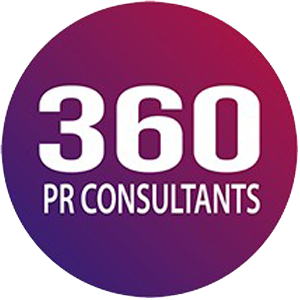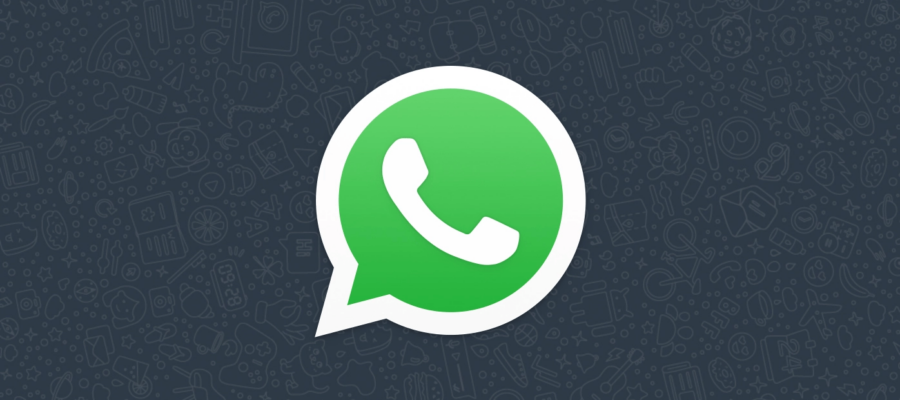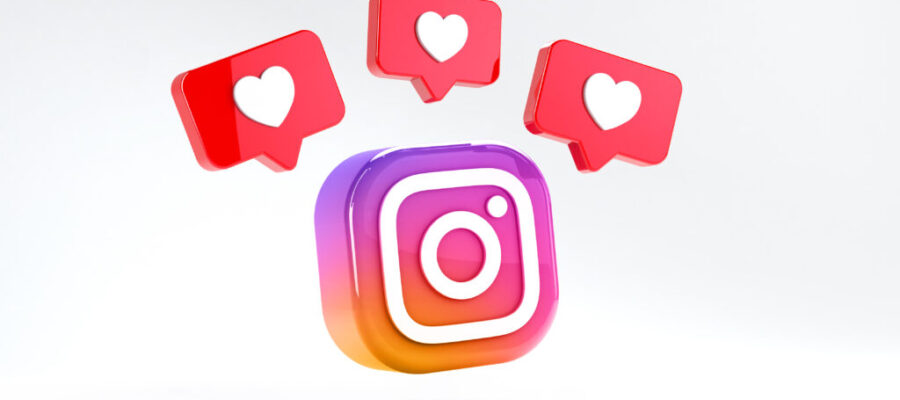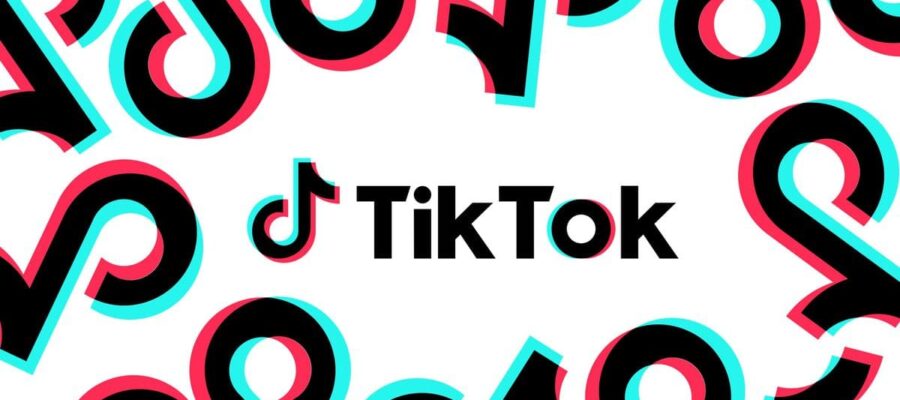
Digital Transformation: What is it and why is beneficial for businesses;
03/11/2022
Meta: New «professional mode» available to all global creators
10/11/2022What is ROI:
Return on investment (ROI) in digital marketing is used to track various channels that comprise the overall digital marketing strategy that you created. More specifically, ROI measures the profit or loss that you generated from your digital marketing campaigns. ROI measures are based on the amount of money you have invested in a specific marketing campaign. Those measurements tell you if investing that money was worth your digital marketing campaign or not.
A wide range of tactics is used to help you achieve the ROI you want to see in your marketing campaigns. Below, you’ll learn steps you can follow in measuring your social media marketing ROI.
ROI (Return on Investment) is a widely used metric for almost any industry. When it comes to social media ROI – that refers to the metric that shows the actual value of your social media ad investments. Social media ROI is measured in monetary terms, it is not easy to allocate any direct monetary impact of social media efforts, but in this case your ROI it can be quantified using non-monetary metrics.
Companies make continuous efforts to increase their customer flow through social media. Platforms like Instagram and Facebook, allow you to advertise to a wide range of audiences for additional costs. With the use of paid ads on social media platforms, you can target specific customer segments all around the world.
If for example, your social media paid campaign goal is to increase your brand’s influence and awareness, you could measure ROI using your published posts’ impressions or the growth in the number of people that follow your brand. It’s important for businesses to design their own social media ROI based on their business’s primary objectives on social networks.
How to measure your SM ROI:
First, you need to get an understanding of the concept of the conversion funnel. The conversion funnel explains where the lead is in their buying journey. Usually, there are three main elements for the conversion funnel:
Low-funnel: Low funnel is when audiences are already ready to buy your product or service; Their online inquiries refer to intent traffic as it is clear if they are willing to proceed with a purchase or not. Low-funnel audiences are more likely than others to click on advertisements for products or services they are interested in. Usually, their research is already done and they are ready to be converted from the lead audience to actual customers.
Mid-funnel: Mid-funnel refers to an audience that recognizes what benefit they can get from your product or service; They are not ready to make a purchase or buy a service straight away, as they want to make sure that your product or service is worth buying. They most probably require more information about the product/service or they may try to compare it with another seller or competitor. Eventually, they proceed but are not ready to commit as the low-funnel audience members.
High funnel: High funnel refers to audiences that are generally interested in your product or service, and they also have informational interest in your business. Usually, they don’t proceed with an immediate purchase but they are mainly interested to gather information and educational material from your service or product.
How the conversion funnel is beneficial to DM:
A conversion funnel can help you to tailor your digital marketing campaigns and reach the right audience in their stage of buying a product or service. Also, it can help you understand when a measurement of ROI is relevant.
Customers need to know and trust your business before they decide to give you their money before proceeding with a purchase. A conversion funnel can also help you determine if your marketing investments were spent in the most efficient and effective channels, and of course, if they work.
If you want to make sure that you measure and track your ROI correctly start with:
Setting up campaign-tracking tools
A good start-up for measuring your analytics is of course Google Analytics. Set up Google Analytics for your website. With the use of GA, you can automatically track the source of all your website traffic and you can check which social channels and even which landing pages are generating the most traffic and revenue.
You can also check whether social media, organic search, or other channels are driving the most visitors and value.
Benchmark your ROI Marketing
With the use of different plug-in tools such as Hootsuite, you can calculate your return from specific campaigns or certain time frames. ROI calculation from past campaigns it can help you collect historical data, and measure your progress. Also, it can help you identify what a typical outcome is for your business.
Set a digital marketing ROI goal
Once you identified your performance standards, we suggest you set SMART goals for your business. By setting up goals that are measurable, attainable, relevant, and time-based, you can plan your campaigns and measure your progress more effectively. Consider increasing the ad budget or extending the time frame to improve your return.
The most powerful part of social media and any digital marketing strategy is to know how to improve brand awareness and ROI. Try to monitor the right metrics and test new tactics, to improve ROI in your digital marketing campaigns.
Find more information here: http://bit.ly/2BPQn38
For more information contact us at: [email protected]





